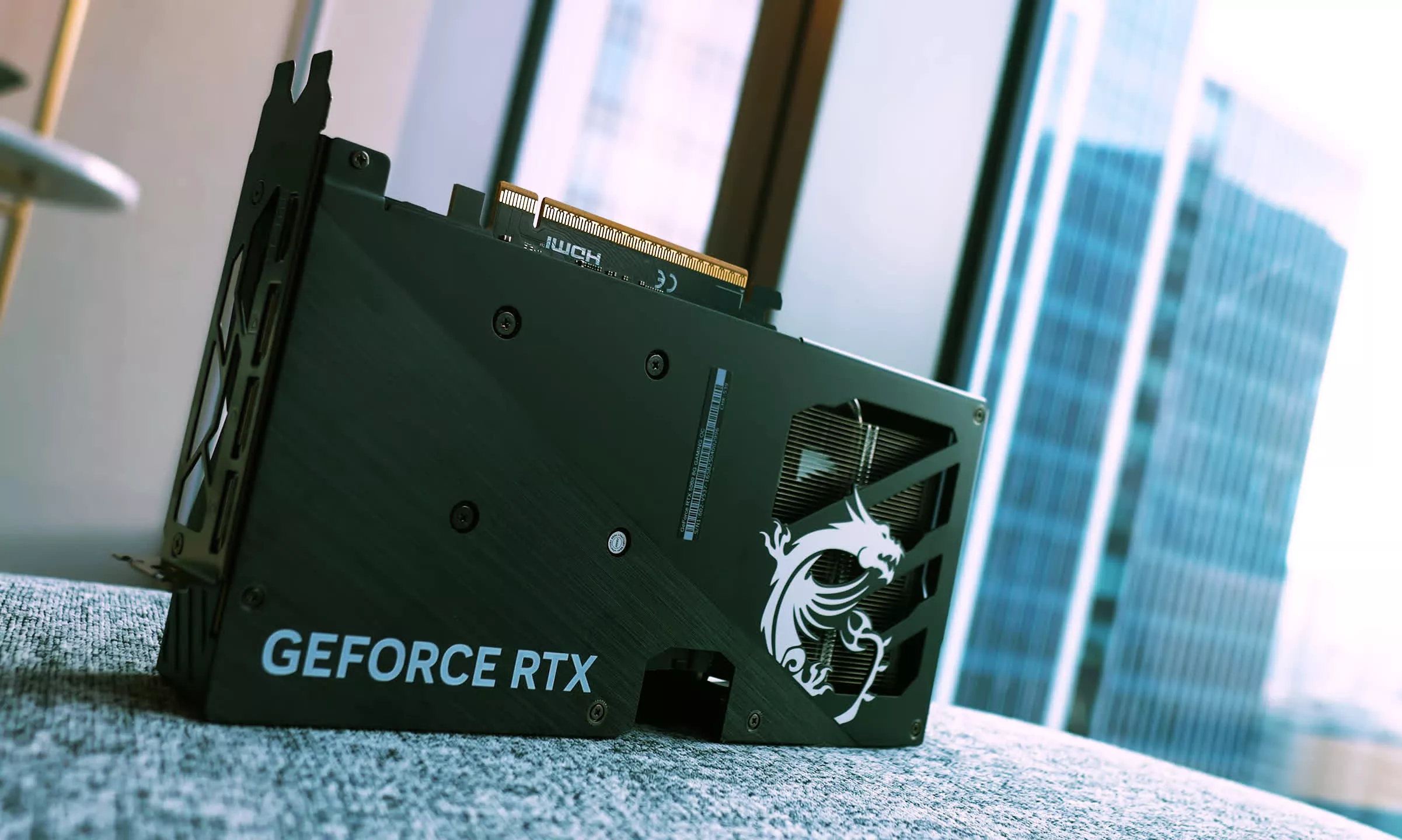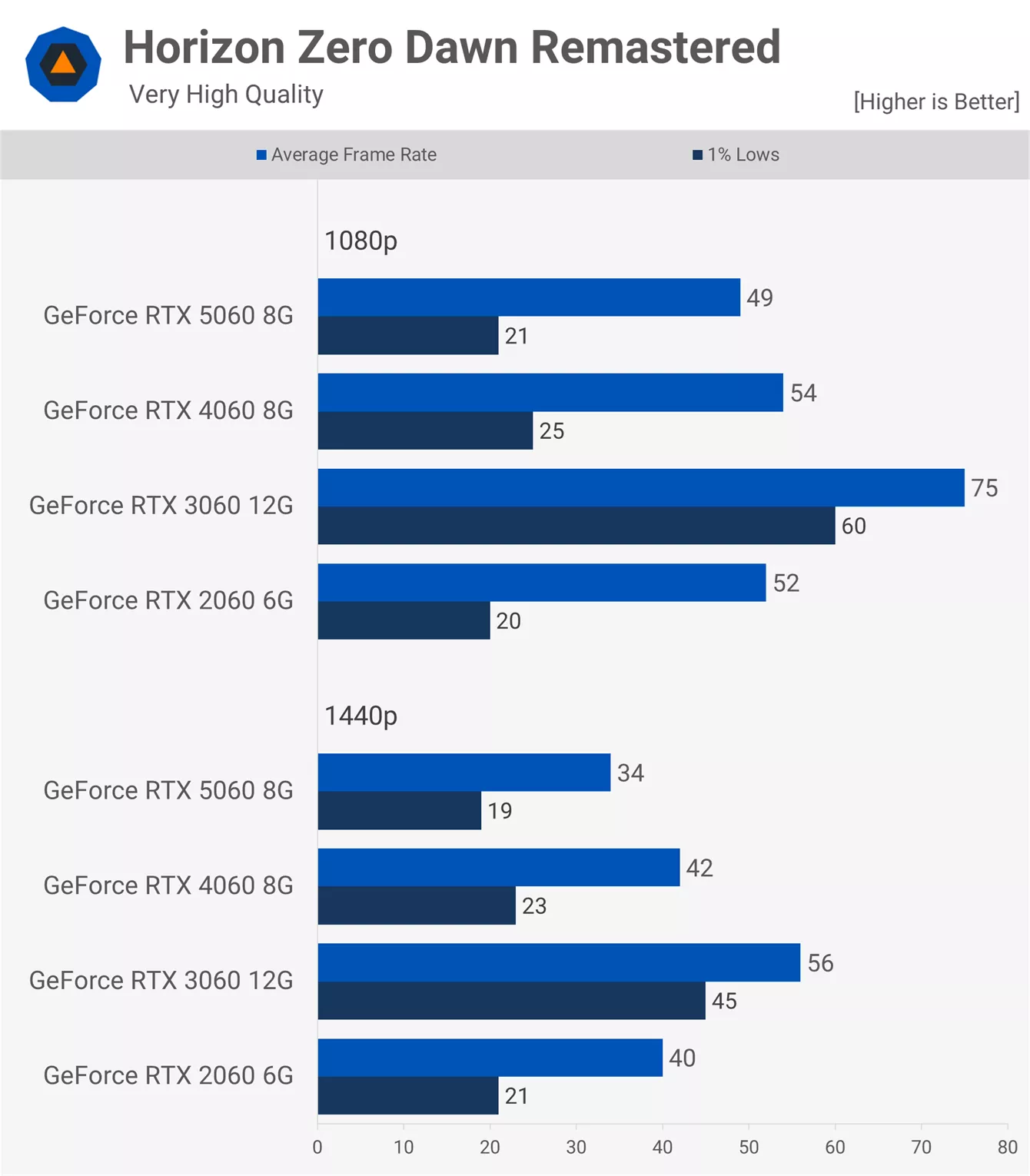If it has not become clear, Nvidia no longer prioritizes graphics and video games. Nvidia is an AI hardware company now. I really do appreciate TS for doing the hard work for readers to compare these products and the thorough analysis. However, the fact of the matter is that the age of significant graphics improvement at ever lower prices is gone. There are no great new products that drastically alter that price to performance ratio for graphics cards. Silcon now focuses on AI improvements and not rasterization or VRAM.
At this point, let's just be happy that Nvidia still makes GPUs for gaming at all.
From Tom's Hardware - Nvidia revenue by segment:
Graph of revenue
"Nvidia’s data center business grew from $10.61 billion in December 2021, which accounted for 39.43% of its revenue, to a whopping
$115.19 billion some three years later, making up 88.27% of sales. In comparison, its gaming GPU business shrunk to
$11.35 billion and 8.7% from $12.46 billion and 46.31% of the revenue share in the same time frame."
--> Data Center (AI) business is 10X larger than Gaming now! <--

